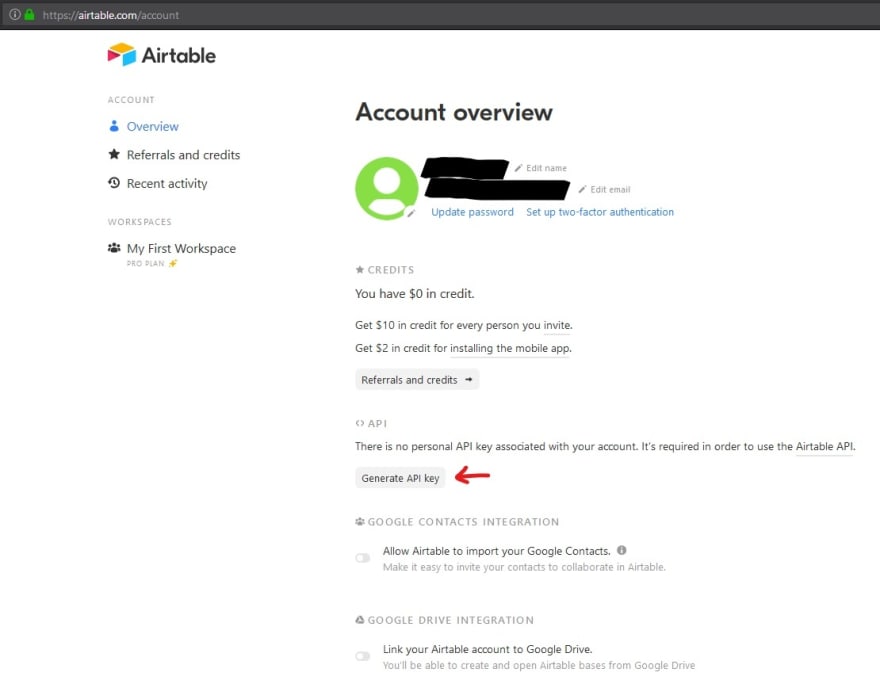
Builds pairs of key and value params where the key is an array of strings representing // the key path through the object. Stripe-node has this handy feature where we can pass it JavaScript objects and it’ll handle the form encoding before sending in the request body. Perhaps you want to use the API to create a Product, then create a Price, then create a Payment Link for that new Price so that you can use Airtable’s other automations to Tweet or send as SMS. Those differences seem fine to me, so let’s talk about how we can improve the experience of writing these scripts when working with the Stripe API. The response payload has a size limit of 4.5 MB.The FormData API for request/response bodies is not supported.The integrity metadata property can be set, but is ignored. Subresource integrity is not validated.The closest mode in the standard is same-origin, except that requests can be made to any origin. They can be set, but none will quite behave as expected. Different request modes are not supported.The credentials options can be set, but always behaves like omit. Cache modes can be set, but always behave like reload. The APIs exist and work as expected, but buffer under the hood. Streaming responses and requests are not supported.
AIRTABLE API KEY MANUAL
As manual returns an 'opaque' response in order to respect atomic HTTP redirect handling, it's effectively impossible to follow redirects at present. Exposing this value could allow attackers to gain access to all resources. The follow redirect mode is not supported. The response body contains content that matches the pattern of a Airtable API Key.The referrer and referrerPolicy options are not respected.If you’ve used the browser’s fetch method, this will be familiar.įrom the Airtable Scripting docs, we learn these notable differences from how fetch works in the browser: Instead, we’ll need to construct requests with form encoded bodies and use Airtable Scripting’s remoteFetchAsync method to avoid any blasted CORS problems.įor instance, here’s how you might create a Stripe Customer:Įnter fullscreen mode Exit fullscreen mode
AIRTABLE API KEY FULL
Given we don’t have the full Node.js environment, we’re not able to use the stripe-node client library. It exposes some helpful methods for working directly with the Airtable base and some more primitive methods for making HTTP calls either client side or server side.

Instead, it’s a custom environment for working within Airtable.
AIRTABLE API KEY HOW TO
While it’s possible to use tools like Zapier to wire up some basic API calls to Stripe, it can be handy to know how to hit the API directly so you can customize your workflows for your business.Īirtable’s scripting environment is not the full Node.js or browser environment. Airtable Scripting enables you to write a bit of custom JavaScript and wire that up with links and buttons built into your Airtable base. I’m finding that knowing just a little bit of JavaScript can really super charge these no-codesolutions. Airtable is a popular tool for building no-code applications.


 0 kommentar(er)
0 kommentar(er)
